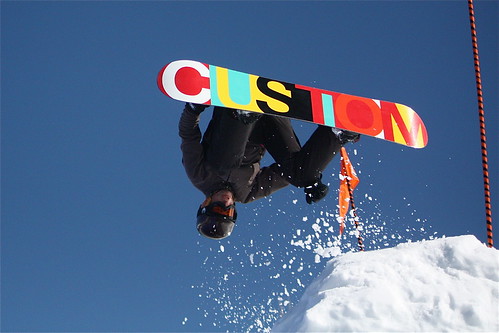 It is a daily battle we all wage: the fight against gravity. In order to participate in life on the planet, we are subjected to mechanical loading – all day, every day. It never goes away, regardless of functional activity or sport technique.
It is a daily battle we all wage: the fight against gravity. In order to participate in life on the planet, we are subjected to mechanical loading – all day, every day. It never goes away, regardless of functional activity or sport technique.
Our ability to adapt to the demands of mechanical loading imposed upon us defines our capacity to function – or not.
Much attention has been given to the importance of “pain science” with many authors suggesting a move away from a traditional biomechanical model. But I can tell you one thing – as long as there is gravity, there will be a need to understand mechanical loading and embrace it as a systems approach, not a micromanagement model.
All our systems are built on “stimulus-response” feedback loops. Mechanotransduction - in which a mechanical load or signal is converted into a chemical or electrical signal at the cellular level – is a core element. All systems respond to mechanical loading in some form or another – be it sound, pressure, or movement.
The most obvious example is in the world of orthopedics. We think of the musculoskeletal system - collagen and fascia, bone and tendon, ligament and cartilage - and how it responds to mechanical loading. Treatments ranging from orthotics to exercise, from mobilization to surgery, are variants on a theme - modify and alter mechanical loads such as tensile stress, compressive loading, and shear.
It doesn’t just have to be orthopedics. Neurology? Mechanical loading or stimulus evokes an efferent response via the central nervous system. Urology? Fluid produces a mechanical load. Cardiovascular system? Fluid again produces a mechanical load.
We must understand the effects of mechanical loading. It is critical to an understanding of our interaction with the world around us.
If we combine mechanical loading with our knowledge of the central nervous system, we then have a powerful systems approach to rehabilitation and human performance. Note that this differs from a traditional biomechanical model in one key way. Is there a need for the micromanagement of 2 degrees of hindfoot varus, or the 2 degrees of sacroiliac joint rotation, or countless other biomechanical minutiae? Probably not. However, having an understanding of mechanical loading on the system as a whole – and the body’s ability to recover from and adapt to the imposed demands of mechanical loading both physically and mentally – is critical.
Mechanical Diagnosis And Therapy – what I would consider a “systems approach” – is an effective method of assessing responses to mechanical loading strategies. How we manipulate those mechanical loads in order to attain the desired responses at the cellular level and the central nervous system is the key to our future success as clinicians.
Mechanical loading is our world. It is nothing more than that, yet all of that. As Einstein once noted, "Everything should be made as simple as possible, but not simpler".
Photo credits: naotakem
 "Running Injuries: Etiology And Recovery- Based Treatment" (co-author Bridget Clark, PT) appears in the third edition and fourth editions of "Clinical Orthopaedic Rehabilitation: A Team Approach" by Charles Giangarra, MD and Robert C. Manske, PT.
"Running Injuries: Etiology And Recovery- Based Treatment" (co-author Bridget Clark, PT) appears in the third edition and fourth editions of "Clinical Orthopaedic Rehabilitation: A Team Approach" by Charles Giangarra, MD and Robert C. Manske, PT.
 Allan Besselink, PT, DPT, Ph.D., Dip.MDT has a unique voice in the world of sports, education, and health care. Read more about Allan here.
Allan Besselink, PT, DPT, Ph.D., Dip.MDT has a unique voice in the world of sports, education, and health care. Read more about Allan here.
 Top 5 finalist in three categories: "Best Overall Blog", "Best PT Blog" and "Best Advocacy Blog".
Top 5 finalist in three categories: "Best Overall Blog", "Best PT Blog" and "Best Advocacy Blog".